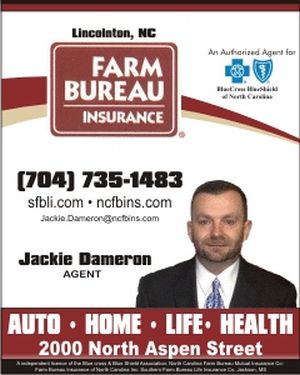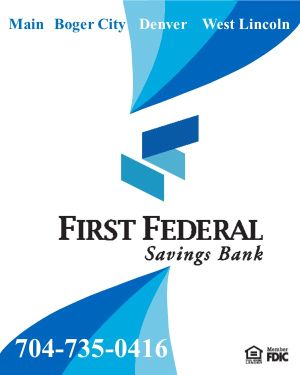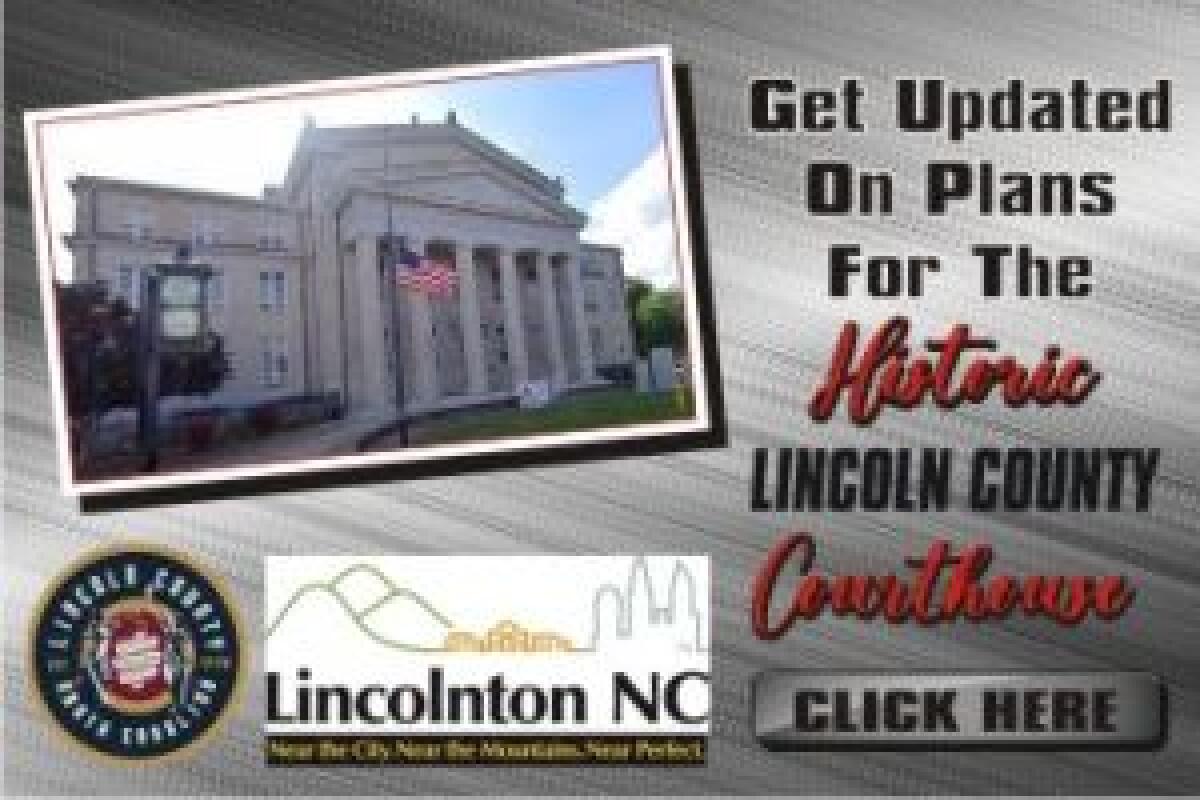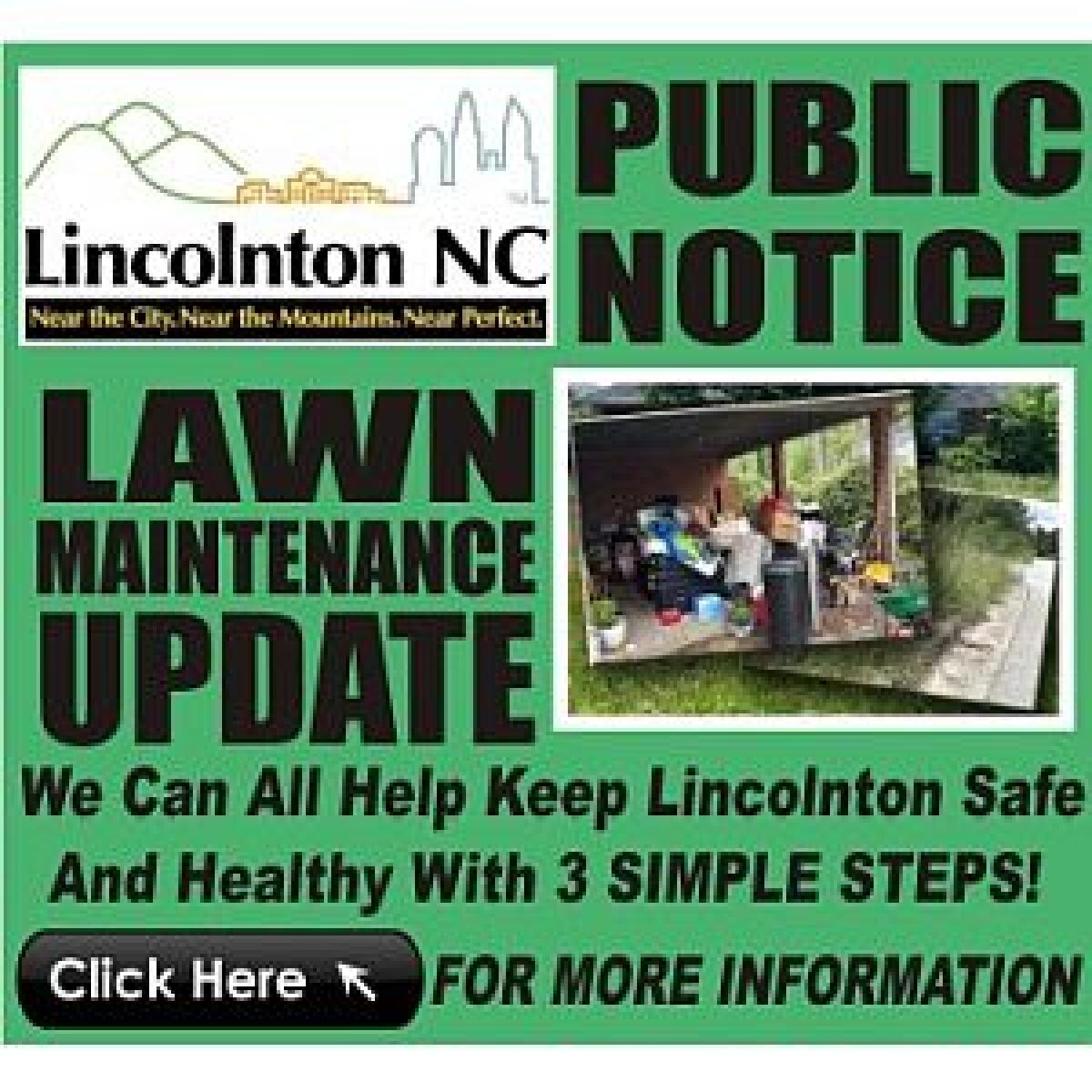- Thursday, 1 January 2026
- Have a HOT TIP? Call 704-276-6587 or E-mail us At LH@LincolnHerald.com
SBA Launches Disaster Assistance For NC Residents & Businesses Impacted By Helene
SBA’s mission-driven team stands ready to help small businesses and residents
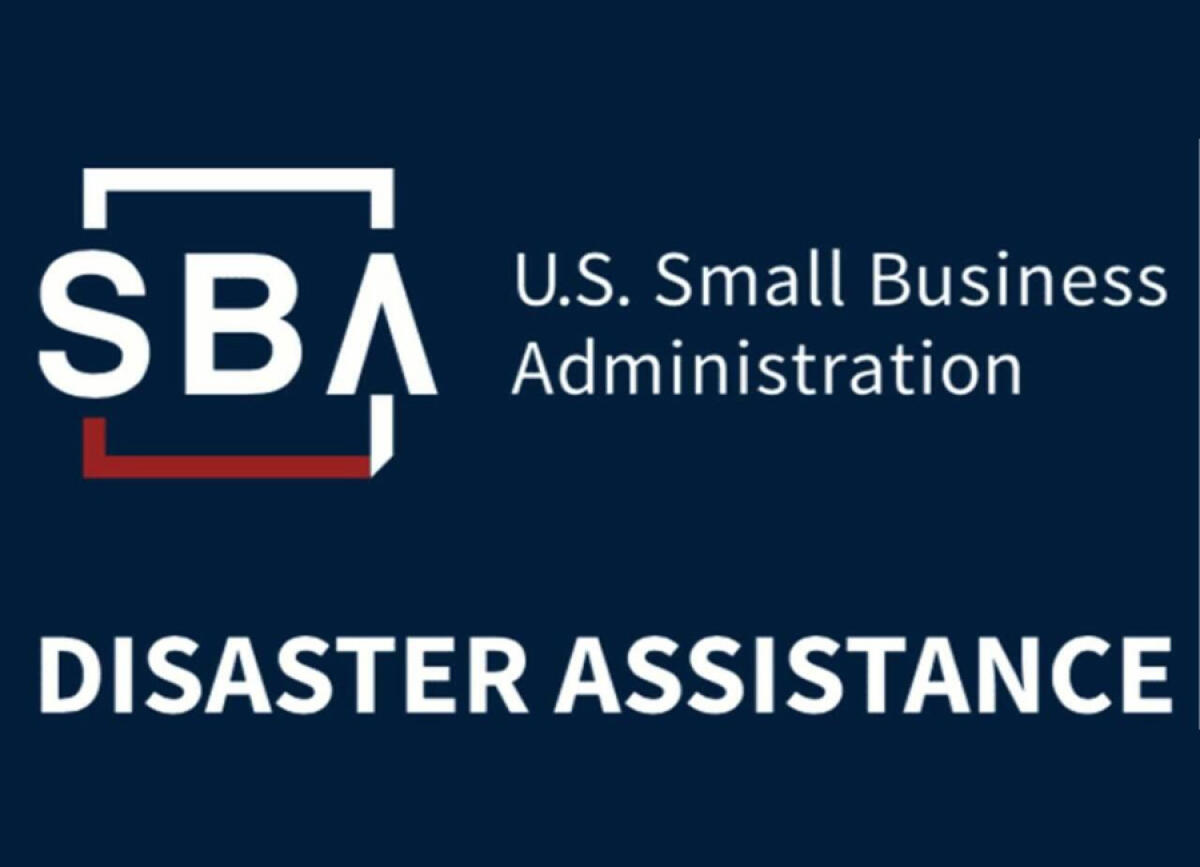
WASHINGTON, D.C. – Low-interest disaster loans from the U.S. Small Business Administration (SBA) are available to businesses and residents in North Carolina following the announcement of a Presidential disaster declaration for Tropical Storm Helene that began on September 25.
“SBA’s mission-driven team stands ready to help small businesses and residents in North Carolina impacted by this disaster in every way possible under President Biden’s disaster declaration for certain affected areas,” said SBA Administrator Isabel Casillas Guzman. “We’re committed to providing federal disaster loans swiftly and efficiently, with a customer-centric approach to help businesses and communities recover and rebuild.”
The disaster declaration covers Alexander, Alleghany, Ashe, Avery, Buncombe, Burke, Caldwell, Catawba, Clay, Cleveland, Gaston, Haywood, Henderson, Jackson, Lincoln, Macon, Madison, McDowell, Mitchell, Polk, Rutherford, Transylvania, Watauga, Wilkes and Yancey counties and The Eastern Band of the Cherokee Indians in North Carolina which are eligible for both Physical and Economic Injury Disaster Loans from the SBA. Small businesses and most private nonprofit organizations in the following adjacent counties are eligible to apply only for SBA Economic Injury Disaster Loans (EIDLs): Cherokee, Graham, Iredell, Mecklenburg, Surry, Swain and Yadkin in North Carolina; Rabun, Towns and Union in Georgia; Cherokee, Greenville, Oconee, Pickens, Spartanburg and York in South Carolina; Carter, Cocke, Greene, Johnson, Sevier, and Unicoi in Tennessee; and Grayson in Virginia.
Disaster survivors should not wait to settle with their insurance company before applying for a disaster loan. If a survivor does not know how much of their loss will be covered by insurance or other sources, SBA can make a low-interest disaster loan for the total loss up to its loan limits, provided the borrower agrees to use insurance proceeds to reduce or repay the loan.
Businesses and private nonprofit organizations of any size may borrow up to $2 million to repair or replace disaster-damaged or destroyed real estate, machinery and equipment, inventory, and other business assets.
For small businesses, small agricultural cooperatives, small businesses engaged in aquaculture and most private nonprofit organizations, the SBA offers Economic Injury Disaster Loans (EIDLs) to help meet working capital needs caused by the disaster. Economic Injury Disaster Loan assistance is available regardless of whether the business suffered any physical property damage.
Disaster loans up to $500,000 are available to homeowners to repair or replace disaster-damaged or destroyed real estate. Homeowners and renters are eligible for up to $100,000 to repair or replace disaster- damaged or destroyed personal property.
Interest rates are as low as 4% for businesses, 3.25% for nonprofit organizations, and 2.813% for homeowners and renters, with terms up to 30 years. Interest does not begin to accrue, and monthly payments are not due, until 12 months from the date of the initial disbursement. Loan amounts and terms are set by the SBA and are based on each applicant’s financial condition.
Building back smarter and stronger can be an effective recovery tool for future disasters. Applicants may be eligible for a loan amount increase of up to 20% of their physical damages, as verified by the SBA for mitigation purposes. Eligible mitigation improvements may include a safe room or storm shelter, sump pump, French drain or retaining wall to help protect property and occupants from future disasters.
“SBA’s disaster loan program offers an important advantage–the chance to incorporate measures that can reduce the risk of future damage,” said Francisco Sánchez, Jr., associate administrator for the Office of Disaster Recovery and Resilience at the Small Business Administration. “Work with contractors and mitigation professionals to strengthen your property, and take advantage of the opportunity to request additional SBA disaster loan funds for these proactive improvements.”
With the changes to FEMA’s Sequence of Delivery, survivors are now encouraged to simultaneously apply for FEMA grants and SBA low-interest disaster loan assistance to fully recover. FEMA grants are intended to cover necessary expenses and serious needs not paid by insurance or other sources. The SBA disaster loan program is designed for your long-term recovery, to make you whole and get you back to your pre-disaster condition. Do not wait on the decision for a FEMA grant; apply online and receive additional disaster assistance information at sba.gov/disaster.
Applicants may also call the SBA’s Customer Service Center at (800) 659-2955 or send an email to disastercustomerservice@sba.gov for more information on SBA disaster assistance. For people who are deaf, hard of hearing, or have a speech disability, please dial 7-1-1 to access telecommunications relay services.
The filing deadline to return applications for physical property damage is Nov. 27, 2024. The deadline to return economic injury applications is June 30, 2025.
About the U.S. Small Business Administration: The U.S. Small Business Administration helps power the American dream of business ownership. As the only go-to resource and voice for small businesses backed by the strength of the federal government, the SBA empowers entrepreneurs and small business owners with the resources and support they need to start, grow or expand their businesses, or recover from a declared disaster. It delivers services through an extensive network of SBA field offices and partnerships with public and private organizations. To learn more, visit www.sba.gov.
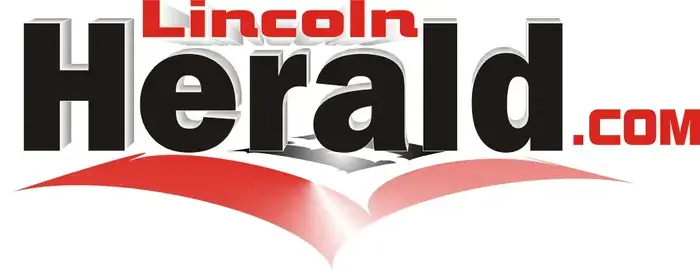
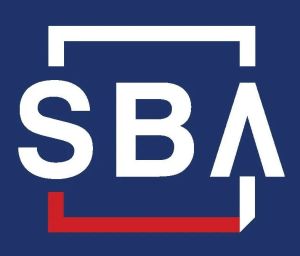 U.S. Small Business Administration (SBA)
U.S. Small Business Administration (SBA)





